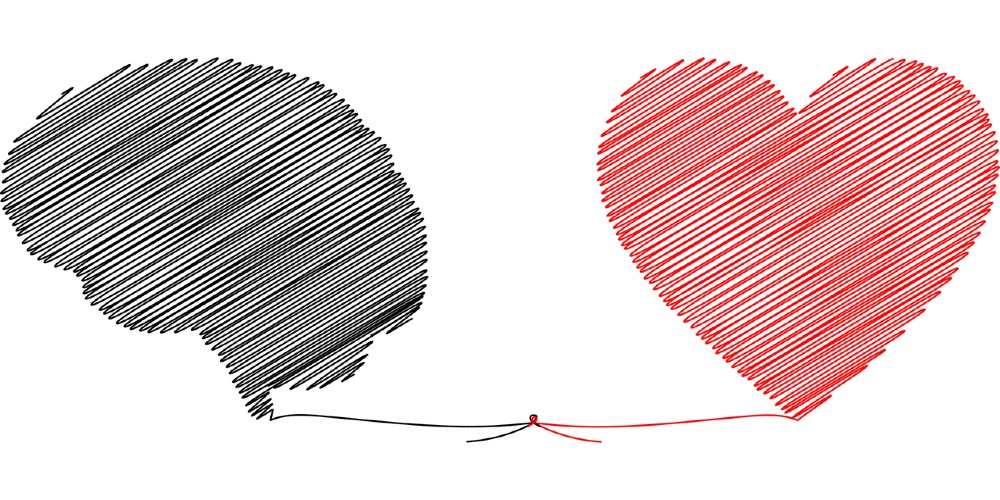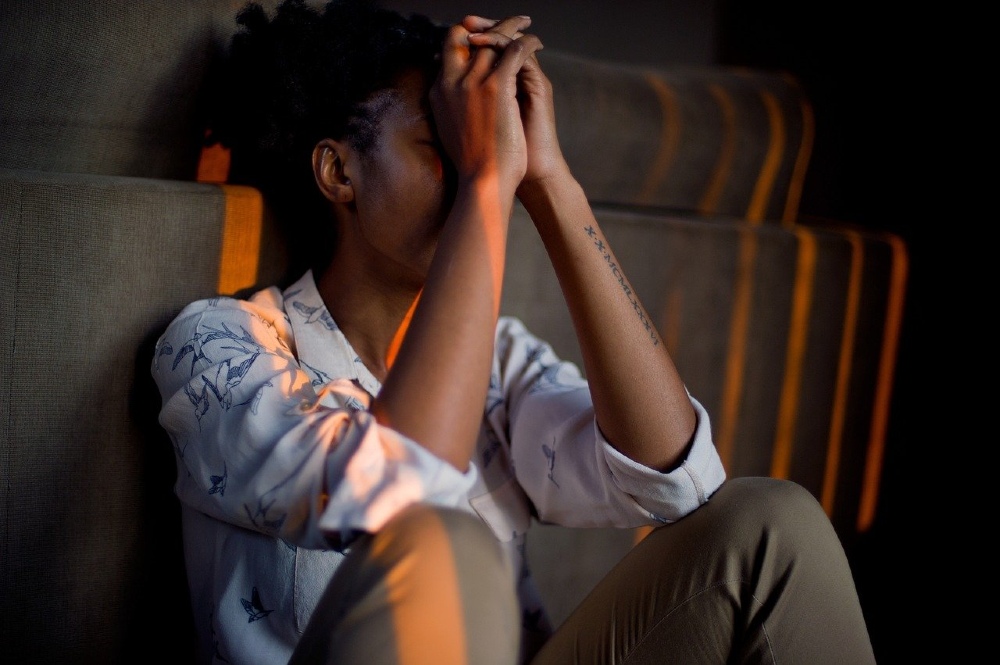
During the winter period, people can often be led to feel more isolated than usual, which in turn can lead to the development of, or compounding of, symptoms of depression. A lesser-known mental state that often arises in these months is Seasonal Affective Disorder, or SAD.
As you can probably surmise, this is a disorder triggered by a switch in season, and the change in light exposure that comes with it.
Just because you don’t have any other mental complaints does not mean that you aren’t susceptible. Many people may experience a small dose of this. One Mind member recognised that the ‘sluggish’ feeling they had in the few weeks before the clocks went back was related to SAD.
For some people though, it doesn’t stop there. It can cause a landslide effect: this same person later reported that they ‘found it harder and harder to keep to routine because of the cold and dark’.
It is four times more likely to affect women, and a quarter more likely to affect those who have bipolar disorder and/or struggle with other manic mental illnesses.

For some, it can be overwhelming. Here are five top tips for easing the symptoms...
1. Help your hormones
A lack of sunlight is the main trigger for most people suffering with SAD, as it impairs the production of happy hormone serotonin, and sleep hormone melatonin. In combination, once your body clock is knocked out, so is your ability to regulate your emotions as usual.
Taking vitamin D supplements is a good way to absorb what you cannot get from the sun. You can also do this in tandem with light box therapy, which imitates sunlight: use these to create a wake up call to your melatonin producers. This is also a trick for insomniacs.
2. Reduce harsh home lighting
‘It’s like Blackpool illuminations in here!” is exactly what we don’t want...
By using a softer focus around your home, you are also reducing the contrasting glare of, say, a bright LED screen, and the pitch black of a room around you.
To some people, this has no physical symptoms in the moment, to others it can be incredibly painful. If you’re a furiously-hustling night owl, you may believe that this doesn’t have an adverse effect. However, in either case, by being kinder on your eyes you are also relieving the strain on the senses your brain is processing. The less you contribute to that stress, the less likely you are to exaggerate SAD symptoms.
3. Make a diary of your dishes
Everyone’s sense of taste is slightly different, but I think we’ll all agree that there’s nothing quite like a tart tomato to shock your senses and wake you up. So, consider transitioning your food through the day – something tomato-tart as you rise, and something comforting as you prepare for the night ahead.

4. Unroot yourself
Active Nation are an organisation that champion using physical activity as a mentality and well-being boost. They have free activities, classes, and other resources available online. Their advice is to not become rooted to one place, such as the couch, no matter how tempting it is as the days get colder – this also improves the likelihood of maintaining social contact.
Afterall, the Swedes deal with the 24-hour darkness by hosting ‘Mys’ (cosiness) every year, which has no stipulation, bar relaxing and enjoying delicious food with friends. Whether they feel like it or not, the participation does seem to revive their spirits. How could good company not be the perfect distraction if only for a little while?
5. Make conversation
Talking things through can help provide a clarity that allows you to then decide on your next move to tackling low mood. That could be with your doctor, who may recommend medication or CBT (Cognitive Behavioural Therapy) to help shift your perspective on the changing seasons, or a friend you can rely on.
If you’re not quite ready yet, the NHS have a self-test for depression, and a dossier of information. You can also get involved in mental health communities such as Mind, Time To Change, or Dancing With Black Dog (specifically for those dealing with depression) that provide free resources and accounts.
You can call, download their apps, or email the Samaritans, if you wish to get help anonymously.
If you’re someone concerned for a loved one, or even just a casual acquaintance, nudging them in the right direction could be just what they need. #AskTwice is a Time To Change campaign that has tips on how to approach delicate situations such as these.
Hilary Brueck (senior health and science reporter, Business Insider) went to NYC’s voluntary ‘Mental Health First Aider’ course to become part of the 250,000 strong army. The key pillars that they look for in someone suffering with a mental illness was to observe how it affects their ability to: live life, laugh, learn, or love. This can look like hibernation in terms of SAD.
You can sign up to the UK equivalent here.
Don’t hesitate to start a conversation – mental illness doesn’t go away when the sun comes up.
Depression, in all its forms, is the biggest contributor to ‘non-fatal health loss’ worldwide – and so hopefully as we all continue to break down the unwarranted stigma and taboo attached to the topic, we can cause a real shift and change.
Words by Sophie Crabtree for Female First
Dr Alex George is keen to meet the Prime Minister and Education Secretary Gavin Williamson, to speak about improving mental health education... READ MORE
Tagged in depression Mental Health

